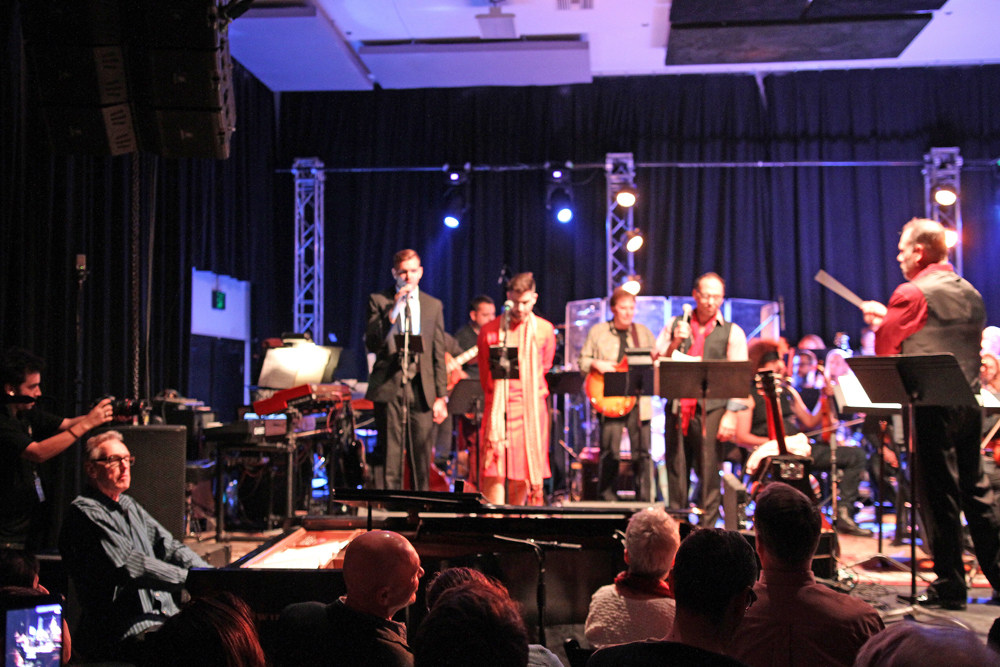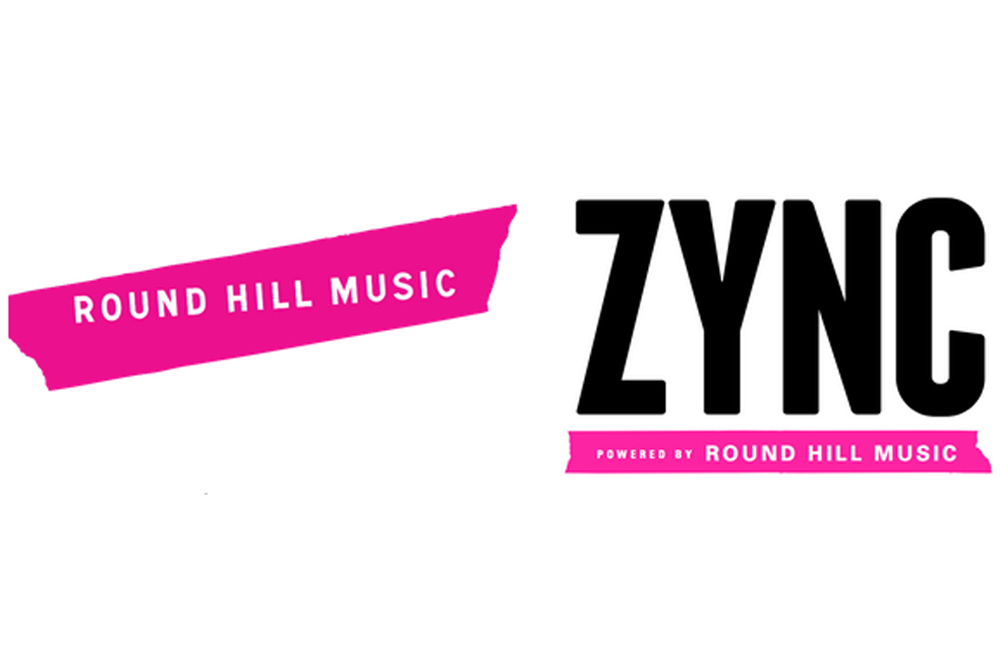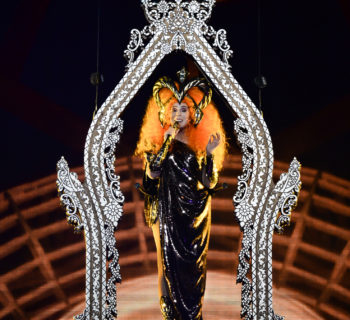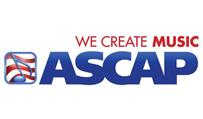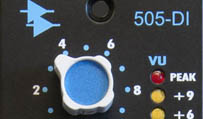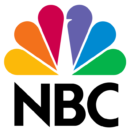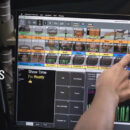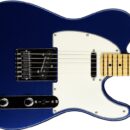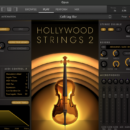One of the challenges music artists face today is promoting their music in an efficient way to garner traction and more fans. Various entities can help contribute to specific aspects of an artist’s career—distribution, touring, label deals—but how can an artist get their music promoted? The answer could be found at marketing and promotions company, Music Audience Exchange (MAX), headquartered in Plano, TX. Music Connection first collaborated with MAX for the South by Southwest (SXSW) festival in 2017 and recently reconnected with Director of Artist Relations, Jarred Goldner, to discuss how consumer brands and artists can benefit from each other in advantageous co-branded campaigns to further engage their audiences.
Founded in 2014, Music Audience Exchange uses data science and analytics to foster fruitful partnerships. The business model expands on the digital marketing experience of co-founder and CEO, Nathan Hanks, and applies it to the music industry space—an opportunity to utilize data and analytics to identify shared audiences between brands and emerging artists and pair them together. The company dives into psychographics, acquiring first-party data by crowd and fan sourcing their own surveys, thus mapping hundreds of audience demographics into a “Scrooge McDuck vault” database of 2.4 million artists within 765 music genres.
To enrich the artist-brand-audience relationship, Music Audience Exchange advocates partnering with brands. Goldner affirms, “They can help with that promotion if you’re releasing a new single, putting out a new album, [or] going on tour.” MAX creates call-to-action campaigns in forms of compelling promotional videos, radio/streaming audio, custom content hubs, images, social media posts and live experiences to ensure both sides of a partnership reap the benefits of increased engagement, sales, views, audience and more. These individually tailored partnerships can result in brands acquiring new consumers and artists gaining new fans. Other achievements include artists having their own Pandora channel, playlist slots, Grammy nominations, top spots on charts and more.
But with high-profile clients such as Dr Pepper, Ford, Jack Daniel’s, among others, how can artists get matched up to partner? Not just any artist is chosen—the artist must be the right fit. Liking the brand is a positive start; however, Music Audience Exchange works to ensure the two partners are a good match and that the connection is authentic. Primarily, MAX uses the database to determine the audience makeup by looking at demographics, location, social engagement, streams, touring and more, which is then followed by interviews to further gauge if the artist resonates most with the brand. Also high on the consideration radar is the emphasis on an artist’s content. “You have to be tight on what you put out into the world,” Goldner asserts. “My team is looking at everything you’re doing online, and [if] we can flag things that are highly inappropriate...I might not even contact you. You are being excluded before we even know if you care about that brand.”
Artists interested in getting in touch with MAX can visit the company’s website where they can fill out a form under the “Artists/Managers” tab, but Goldner alerts that the company may not work with them right away. “Artists reach out daily,” he informs, “but that doesn’t mean that I have something immediately for them or that they are a fit for a program we are running...It’s not IF we work together, it’s WHEN, because eventually we’ll have a program that makes sense.” But don’t let that be discouraging. MAX maintains its prerogative by helping artists without officially working together. Upon registering on the website, artists can acquire a personal link to a survey for their fans, and once 50+ have taken it, MAX’s system will provide insight on what brands and industries are fit for the artist. An example springs to mind, “We had a female country singer take [that] information to sell a golf sponsorship and lock in an episode on HGTV, because her fan [demographic and psychographic] highlighted golf, DIY and specifically HGTV viewers.” He goes on to declare, “If an artist can use the information we provide to help influence their own sponsorship, then that is still a win.”
Coming up on the agenda, the company is currently gearing up for the 2018 SXSW festival where Goldner will participate in an industry panel alongside Berklee College of Music’s Associate Professor of Music Business/Management George Howard, ATC Management’s Artist Manager Jonny Dawson, Spotify’s long-term Publishing Strategist Erik Beijnoff and singer-songwriter Beatie Wolfe. The panel will discuss playlists and how they play a part in the “music industry and gatekeepers” system. In addition, the panelists will offer their opinions on whether playlists are helpful or hurtful, what people should look for and how artists should interact.
At the end of the day, Music Audience Exchange continues its war cry of “more music, less ads.” Their goal is to have the artist’s music and story told in one-way ad messages that won’t get passed on after being screamed at in a used car salesman fashion. “It’s still great to have advertising or backing,” Goldner says. “But it’s important that the message be correct and tightened down to a point where people engage...If you don’t have good music and a good story, you can only go so far, right?”
For more information, visit musicaudienceexchange.com.


